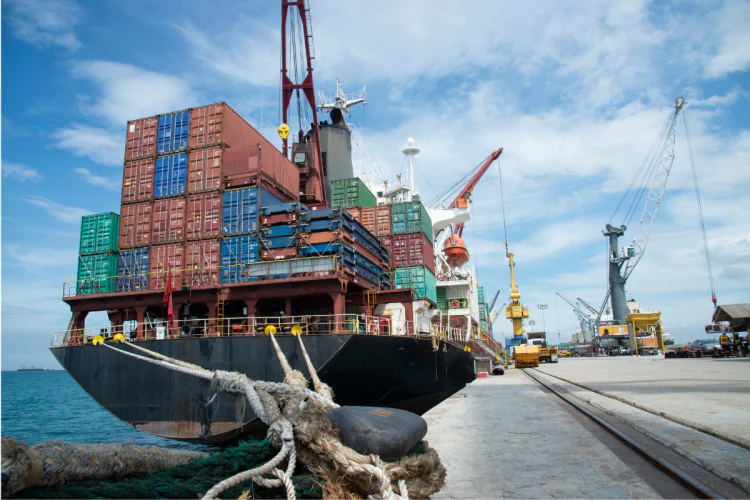Tariff update: Canada holds its breath, for now

In a Rose Garden ceremony held April 2, 2025, the U.S. Administration announced new tariffs on imported goods from around the world. Canadian imports were not included in the new list, meaning the only active tariffs against Canada are the 25% steel and aluminum tariffs, the fentanyl-related border tariffs (including on energy and resources) and auto tariffs, with the latter two benefitting, at least in part, from a USMCA compliance exemption.
A recap
On March 4, the U.S. Administration imposed an across-the-board 25% tariff on Canadian goods, which resulted in a response from the Canadian government on $30 billion worth of American goods. On March 6, the U.S. Administration delayed these tariffs until April 2, but only on Canadian (and Mexican) products covered under the CUSMA trade agreement.
On March 12, the U.S. Administration imposed an additional 25% tariff on all aluminum and steel entering the U.S. with Canada responding on a dollar-for-dollar basis.
On March 26, the U.S. Administration announced 25% tariffs on passenger vehicles, light trucks and certain automobile parts (engines and engine parts, transmissions and powertrain parts, and electrical components) with a partial exemption for the U.S. content in those vehicles and parts. Those tariffs come into effect on April 3. The executive order includes significant consequences for companies that overreport the U.S. content.
Although much of the reporting has focused on the imposition of tariffs by the U.S. Administration, western Canadian companies have been hit by China with a 100% tariff on Canadian canola oil, oil cakes and pea imports, as well as 25% tariffs on Canadian pork and aquatic products, in response to tariffs imposed by Canada on imports of Chinese electric vehicles.
Complications with the paperwork
Customs brokers are responding quickly to the constantly changing tariff situation. Canadian shippers are being hit with duties even where the tariffs may not technically apply. Shippers are also working with brokers to complete paperwork to validate CUSMA-compliance to help offset the tariffs, but given the value of commerce crossing the border, there have been significant delays in co-ordinating these exemptions, leaving both brokers and shippers frustrated by this process.
Implications for supply chain strategies
Canadian and U.S. companies are looking at their supply chains in the face of these tariffs to assess whether shifting production across the border can help mitigate the risk. These decisions, however, are capital intensive, often require months or years to plan, and cannot be executed overnight. Moreover, while the U.S. Administration has made a tariff announcement practically every month since its inauguration, Canadian goods have been largely spared where they remain CUSMA-compliant, except for steel, aluminum and auto. That said, the U.S. Administration imposed 25% tariffs on the steel and aluminum sectors in 2018, ultimately removing them one year later.
What’s next?
The Canadian Prime Minister and the U.S. President have discussed a meeting after the April 28 election to begin to discuss comprehensive negotiations about a new economic and security relationship immediately following the election. With CUSMA set to be reviewed in 2026, it is expected that both Canada and the U.S. will discuss various trade-related concerns including tariffs, digital services taxes, supply management and foreign investment restrictions.
Canadian trade developments will likely remain fluid in the months to come. To remain current, MLT Aikins is pleased to offer insights and legal advice on these matters. For more information about how this ever-shifting landscape applies to your business, please contact one of the authors or visit our Legal Beacon resource centre. The Legal Beacon provides additional resources to address specific needs relating to trade and tariffs.
Note: This article is of a general nature only and is not exhaustive of all possible legal rights or remedies. In addition, laws may change over time and should be interpreted only in the context of particular circumstances such that these materials are not intended to be relied upon or taken as legal advice or opinion. Readers should consult a legal professional for specific advice in any particular situation.





